By Bill McNee, DNR Forest Health Specialist, Oshkosh, bill.mcnee@wisconsin.gov or 920-360-0942
Heterobasidion root disease (HRD), formerly known as annosum root rot, was recently found in Fond du Lac and Racine counties for the first time. Thinned pine stands were surveyed by DNR forestry staff in four eastern counties where the disease had not been previously found (Fond du Lac, Manitowoc, Racine and Winnebago counties).
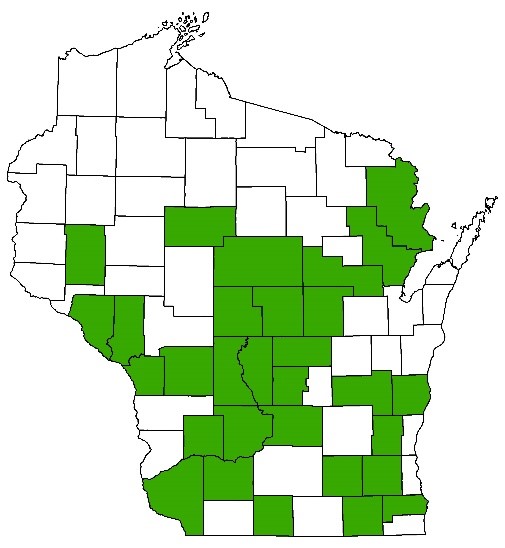
Counties where Heterobasidion root disease (HRD) has been found as of August 2021 are shown in green.
Continue reading “Heterobasidion Root Disease (HRD) Found In Fond Du Lac And Racine Counties”

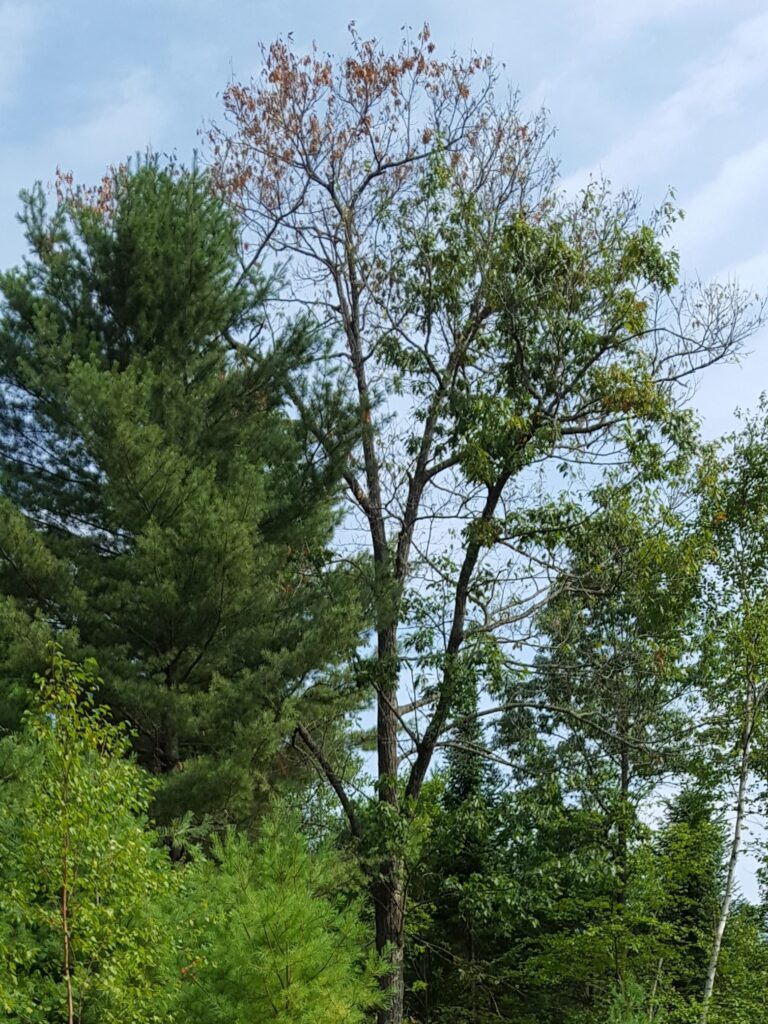
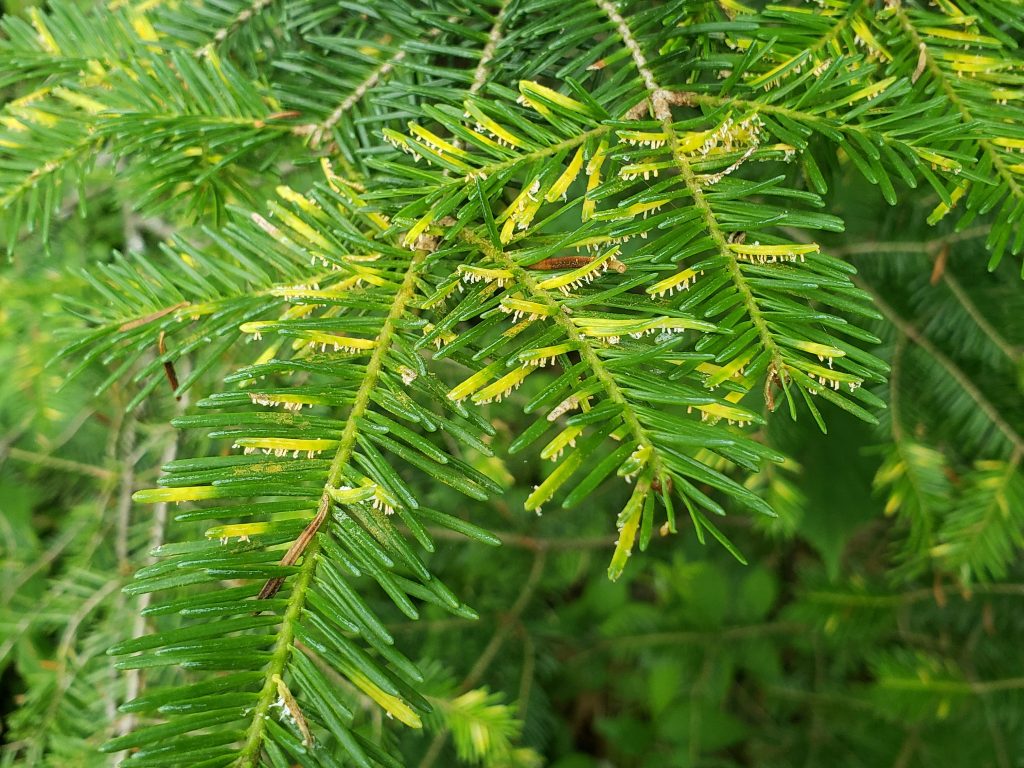
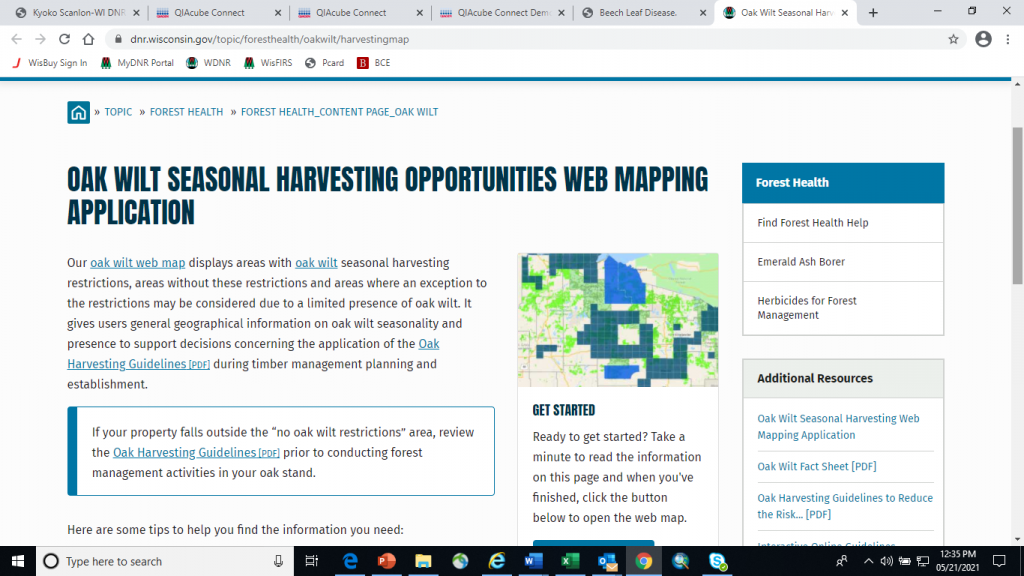
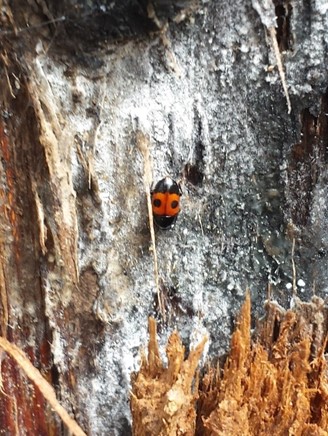
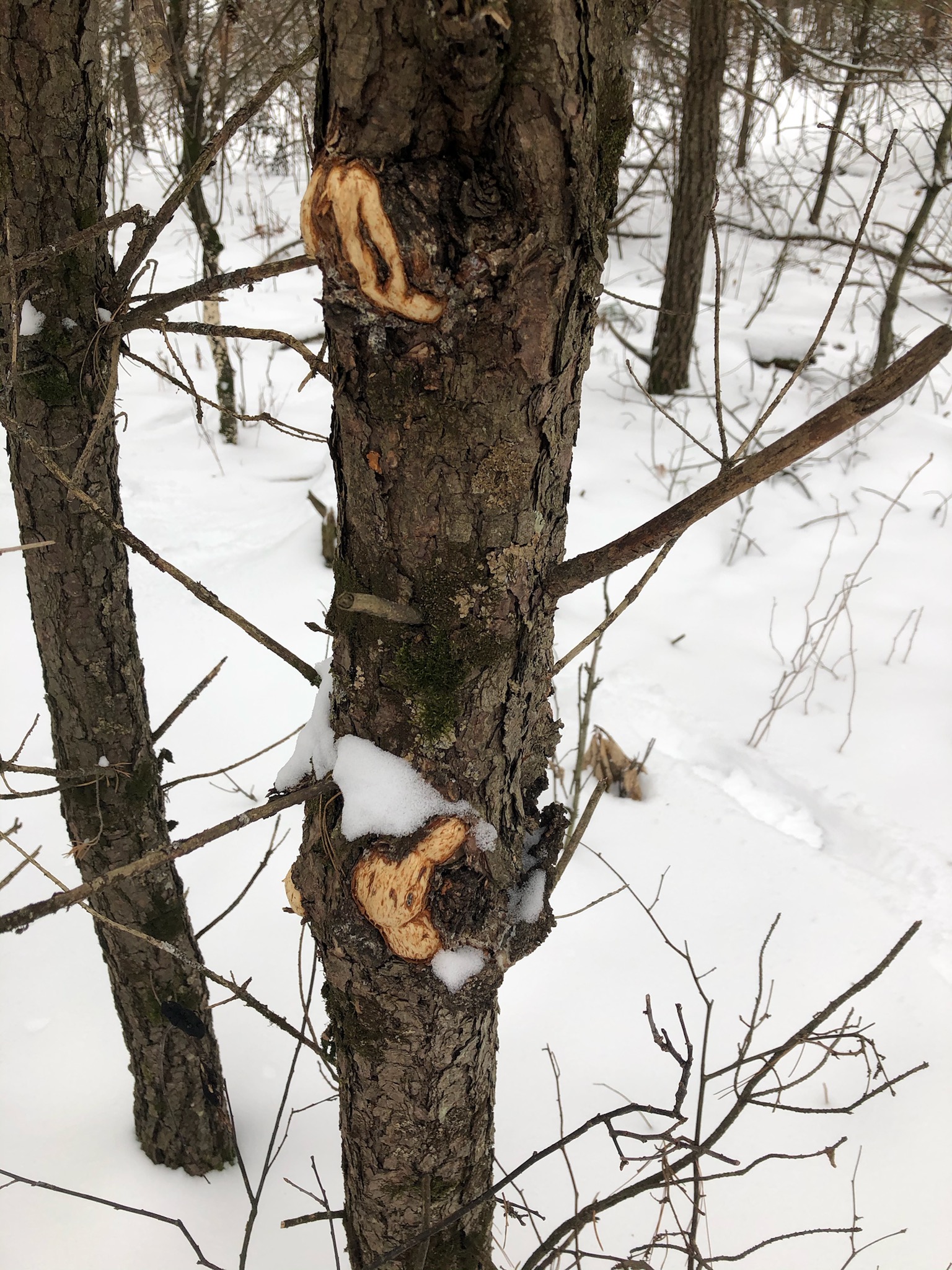
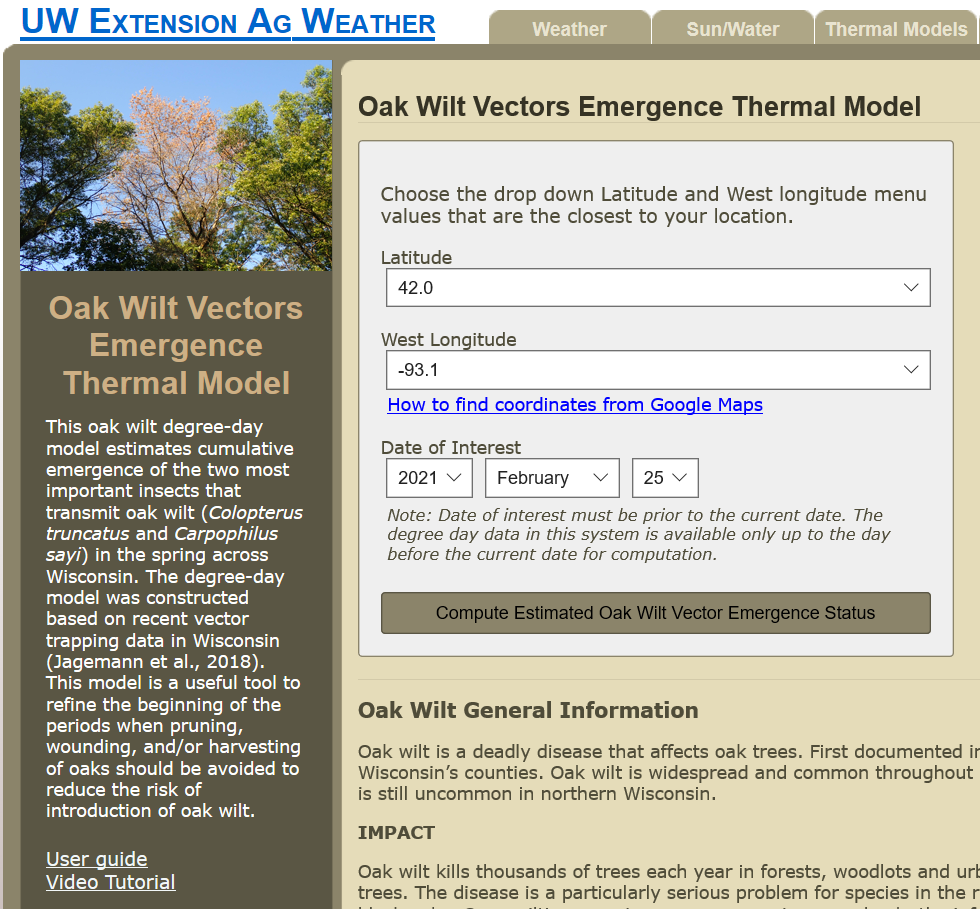 Oak wilt is a serious disease that occurs when insects carrying oak wilt fungal spores land on a healthy oak tree’s fresh wound. To prevent oak wilt infections, it is important to avoid pruning, wounding and harvesting oaks when these insects are abundant, generally April through July.
Oak wilt is a serious disease that occurs when insects carrying oak wilt fungal spores land on a healthy oak tree’s fresh wound. To prevent oak wilt infections, it is important to avoid pruning, wounding and harvesting oaks when these insects are abundant, generally April through July.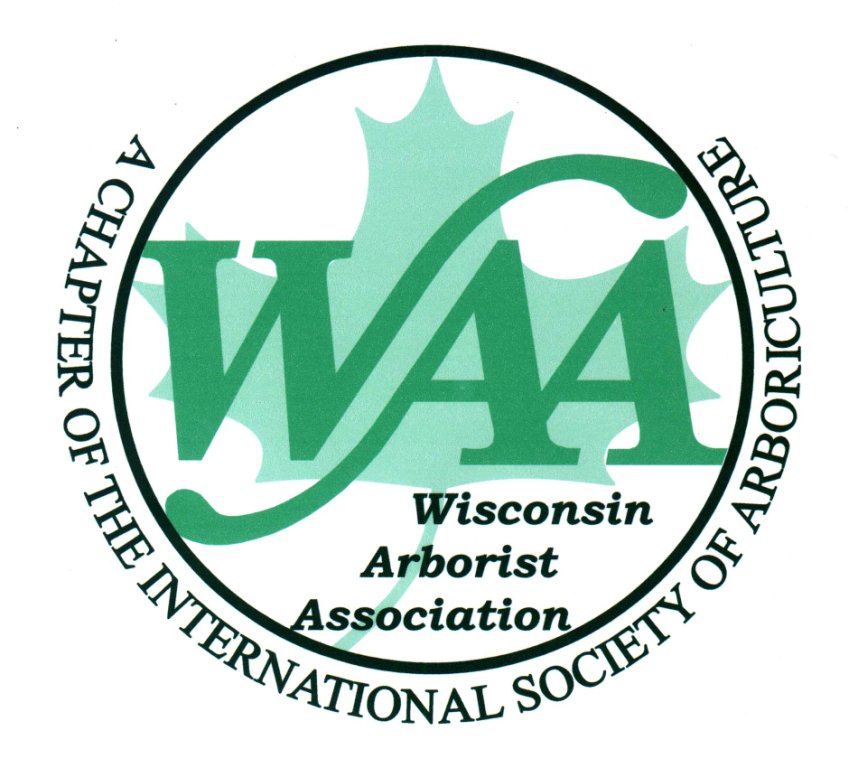 The Wisconsin Department of Natural Resources (DNR) Urban Forestry program will have a virtual booth at the 2021
The Wisconsin Department of Natural Resources (DNR) Urban Forestry program will have a virtual booth at the 2021